Amphibians are facing an unprecedented battle against the dual threats of climate change and pollution. These environmental shifts are causing habitat loss, altering breeding grounds, and introducing harmful chemicals into their ecosystems, making it difficult for many species to survive. They are particularly vulnerable, as their specialized habitats are shrinking and becoming less hospitable. Despite conservation efforts, many species are now critically endangered, with some on the brink of extinction. Protecting these unique creatures requires urgent action to mitigate climate change and reduce pollution, safeguarding their delicate ecosystems for future generations.
Titicaca Water Frog (Telmatobius culeus)
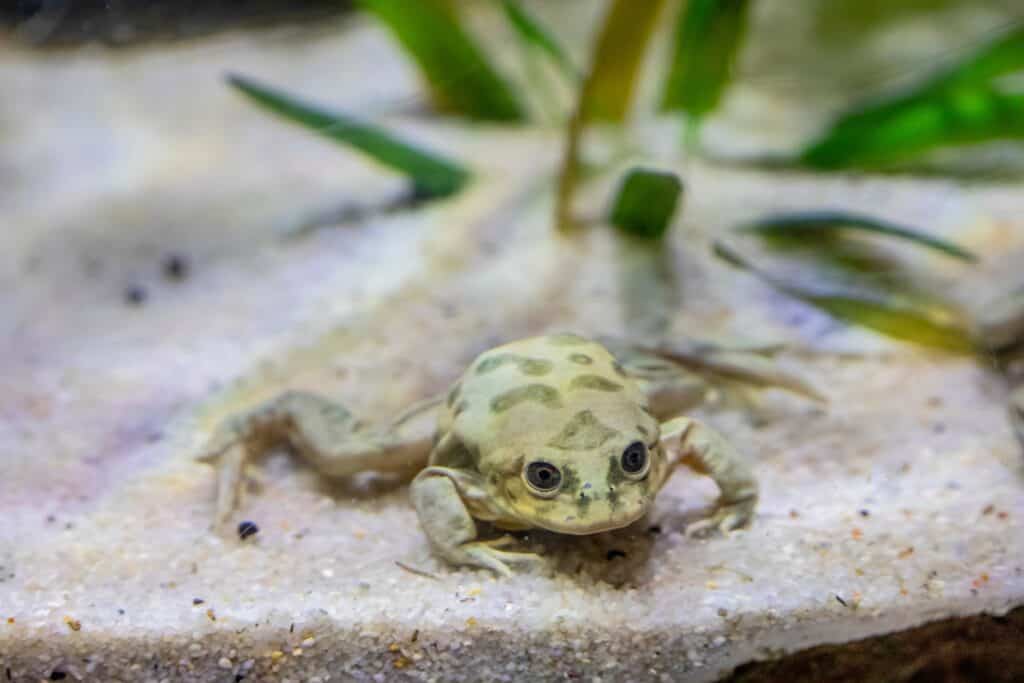
The Titicaca water frog, found in the high-altitude Lake Titicaca, has become one of the most endangered amphibians in South America due to pollution and climate change. This unique species is known for its loose skin, which helps it absorb oxygen from the water at high altitudes, typically over 3,800 meters above sea level. Climate change has significantly affected water levels in Lake Titicaca, causing habitat loss for these frogs. In addition, pollution from nearby human activities has introduced harmful chemicals and waste into the lake, further threatening their survival. This species also faces pressure from illegal harvesting for medicinal purposes, which has led to drastic population declines. Conservation efforts are now focused on habitat protection, improving water quality, and breeding programs. These initiatives offer hope for the survival of this frog, yet the future remains uncertain without more aggressive intervention.
Golden Mantella (Mantella aurantiaca)
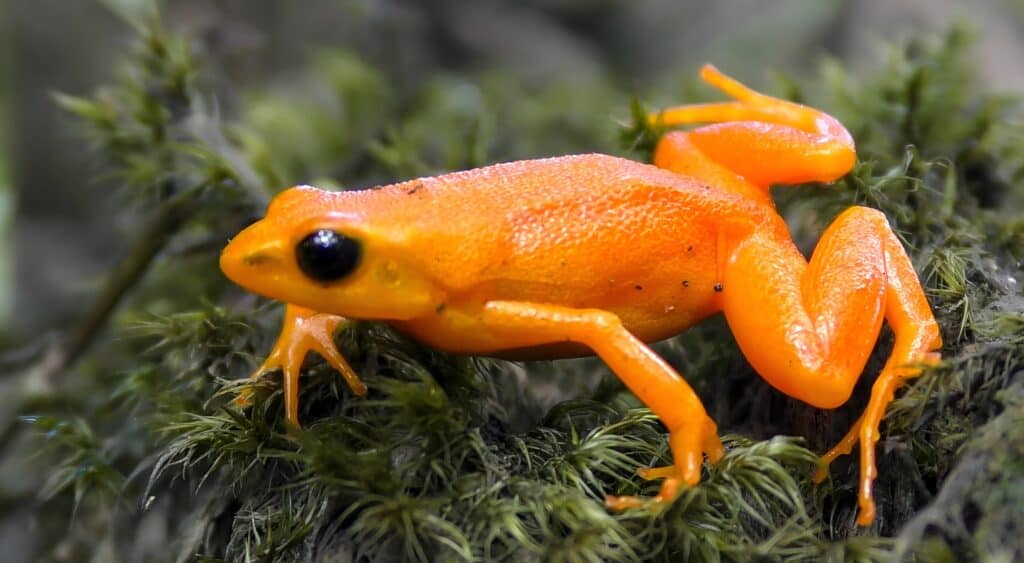
The golden mantella is an iconic bright orange frog native to the tropical rainforests of Madagascar. Found at elevations of up to 1,200 meters, this species faces extreme habitat fragmentation due to deforestation and illegal logging. As climate change intensifies, it struggles to find suitable breeding pools, as changing weather patterns cause water shortages. Pollution from agricultural runoff has further compromised the quality of their remaining habitats, threatening the delicate balance required for their reproduction. It is also highly sought after in the pet trade, exacerbating its population decline in the wild. Conservation programs have introduced protected areas, focusing on habitat restoration and captive breeding to reintroduce the species into the wild. Despite these efforts, continued deforestation and climate instability make the future of this frog precarious.
Hellbender (Cryptobranchus alleganiensis)

The hellbender, North America’s largest salamander, inhabits cool, fast-moving streams and rivers in the eastern United States. This species, which can grow up to 29 inches in length, prefers elevations ranging from 300 to 1,500 meters. Pollution from agricultural runoff, particularly pesticides and fertilizers, has caused significant declines in water quality, which is essential for hellbender reproduction. Additionally, rising temperatures due to climate change are reducing dissolved oxygen levels in rivers, a critical factor for their survival. It is also affected by habitat destruction, particularly the damming of rivers and increased sedimentation. Conservation efforts include habitat restoration, water quality improvements, and breeding programs aimed at bolstering the population. Researchers have also begun experimenting with artificial nest boxes to provide safe breeding sites.
Axolotl (Ambystoma mexicanum)
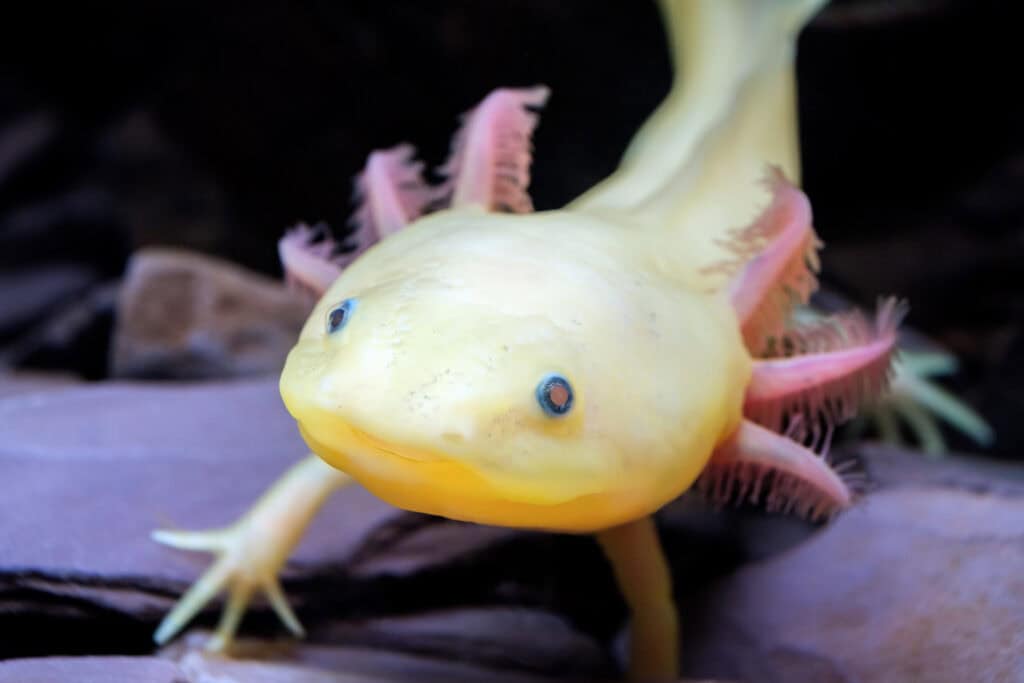
The axolotl, native to Mexico’s lake systems, is famous for its remarkable regenerative abilities, but it now faces extinction in the wild. Once widespread across the Xochimilco lake complex near Mexico City, this species is now only found in a few remaining canal networks. Rapid urbanization has resulted in severe habitat degradation, with pollution and water extraction being major threats. Climate change has intensified drought conditions in the region, further reducing available aquatic habitats for the axolotl. Conservation programs are working on habitat restoration and water quality improvement, as well as captive breeding initiatives to prevent total extinction. It is also used extensively in scientific research due to its regenerative properties, which has contributed to captive populations but has done little to help wild populations.
Mountain Chicken Frog (Leptodactylus fallax)

Despite its misleading name, the mountain chicken frog is one of the largest frogs in the world and is native to the Caribbean islands of Dominica and Montserrat. Found at elevations up to 1,000 meters, this species has been critically endangered by a combination of habitat destruction, climate change, and the deadly chytrid fungus. Climate change has increased the frequency of hurricanes in the region, causing habitat destruction and displacement for many amphibians, including this frog. Pollution from agricultural runoff has also degraded their breeding grounds, while the chytrid fungus has wiped out entire populations in just a few years. Conservationists are working on breeding programs in captivity to reintroduce the species back into the wild once habitats are restored. However, long-term success will depend on addressing the impacts of climate change and curbing the spread of diseases like chytrid.
Chinese Giant Salamander (Andrias davidianus)
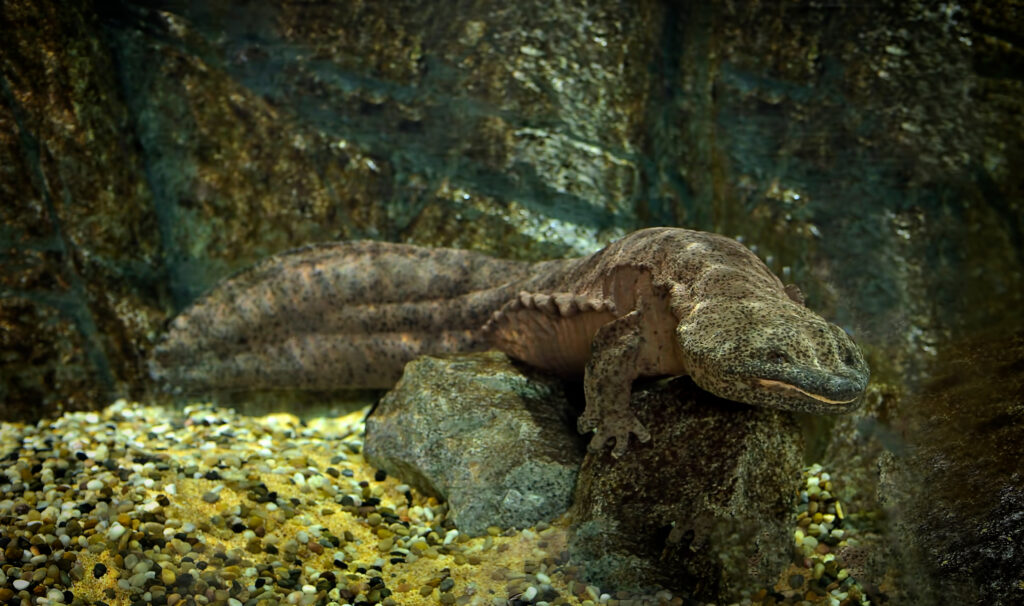
The Chinese giant salamander, the world’s largest amphibian, once thrived in the rivers and lakes of central China but is now critically endangered due to climate change and pollution. Living in elevations up to 1,500 meters, this species requires cool, fast-moving freshwater habitats to survive. However, pollution from industrial waste and agricultural runoff has drastically reduced water quality across its range. Climate change has compounded these issues, causing habitat fragmentation and altering river systems, making it harder for salamanders to find suitable breeding grounds. Overharvesting for the food and medicinal trade has also decimated wild populations. Conservation efforts include captive breeding and habitat restoration projects, but climate change remains a significant challenge. If current trends continue, the species may only survive in captivity, as their natural habitats become increasingly inhospitable due to rising temperatures and pollution.
Darwin’s Frog (Rhinoderma darwinii)

Named after Charles Darwin, Darwin’s frog is found in the temperate forests of southern Chile and Argentina, where it resides at elevations between 200 and 1,100 meters. This unique amphibian is known for its extraordinary breeding method, where the male carries eggs in his vocal sac until they hatch. However, deforestation and climate change have significantly reduced its natural habitat. As temperatures rise and rainfall patterns shift, the frog’s breeding grounds have become increasingly unstable, leading to population declines. Pollution from agriculture has further degraded water sources, which are essential for its survival. Conservation efforts focus on habitat protection and restoration, but climate change poses an ongoing threat.
Puerto Rican Crested Toad (Peltophryne lemur)
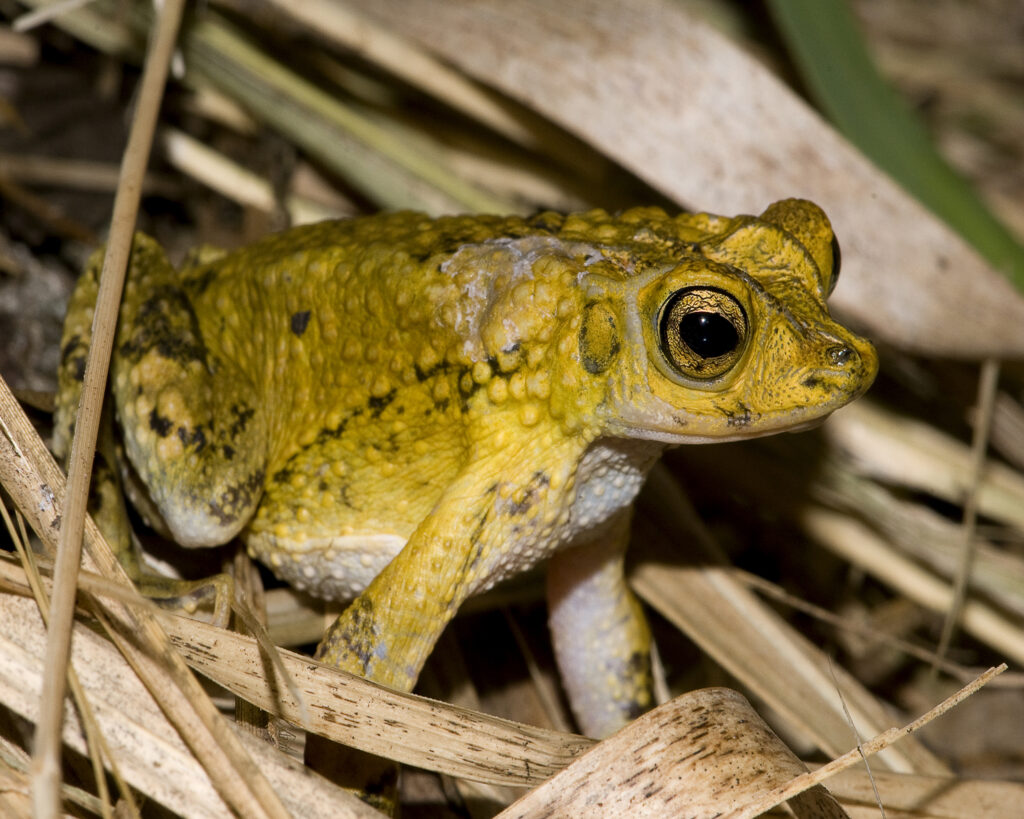
The Puerto Rican crested toad once inhabited a wide range across Puerto Rico and the Virgin Islands, but now only survives in fragmented pockets. Living at elevations of up to 500 meters, this species has been heavily impacted by habitat destruction and climate change. The increasing frequency of droughts, driven by rising global temperatures, has drastically reduced the availability of freshwater breeding pools. Pollution from human activities has further compromised the water quality in its remaining habitats. Conservationists have launched breeding programs and habitat restoration efforts, including the creation of artificial ponds, to help stabilize the population. These initiatives have shown some success, but continued climate instability and pollution remain significant threats.
Andean Marsupial Frog (Gastrotheca riobambae)
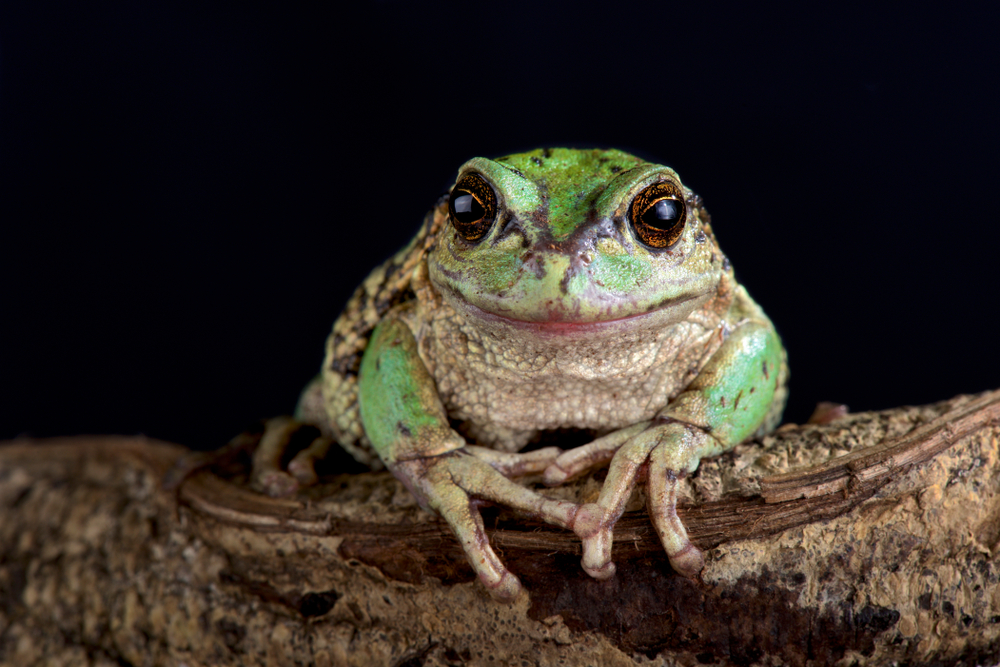
Native to the high-altitude cloud forests of Ecuador and Peru, the Andean marsupial frog is found at elevations ranging from 1,200 to 3,500 meters. This species has a unique reproductive method, where females carry eggs in a pouch on their back until they hatch. However, habitat destruction from deforestation and the expansion of agriculture has severely impacted their populations. Climate change has further compounded the problem, with rising temperatures causing habitat loss and altering the delicate moisture balance in the cloud forests. Pollution from mining operations has also contaminated water sources, posing a threat to the species’ survival. Conservation efforts focus on habitat protection and the establishment of protected reserves, but climate change remains a critical challenge.
Spotted Tree Frog (Litoria spenceri)
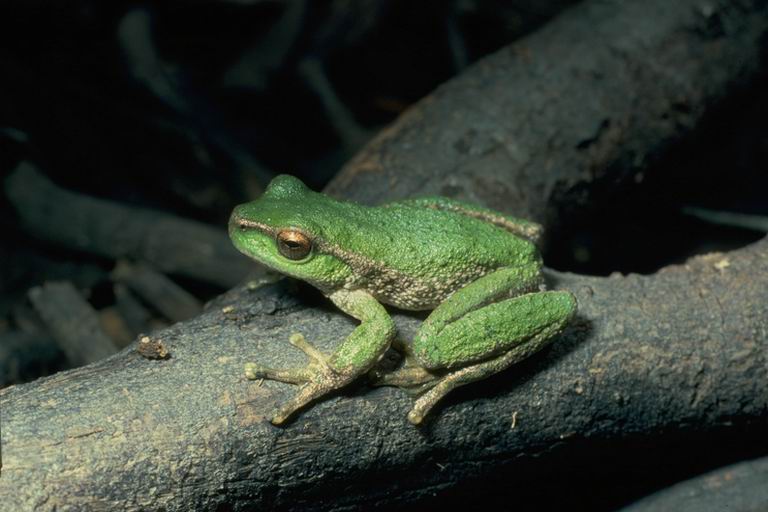
The spotted tree frog, native to the alpine regions of southeastern Australia, has been severely affected by climate change and pollution. Found at elevations of up to 1,500 meters, this species relies on clean, fast-flowing streams for breeding. However, rising temperatures and reduced rainfall due to climate change have led to decreased water flow in these habitats, making it harder for the frogs to breed. Pollution from agriculture and invasive species like trout have further degraded their environment. Conservation efforts include captive breeding and the restoration of stream habitats, but the long-term impacts of climate change remain a significant threat.
Yellow-Tailed Woolly Monkey Frog (Phyllomedusa hypochondrialis)
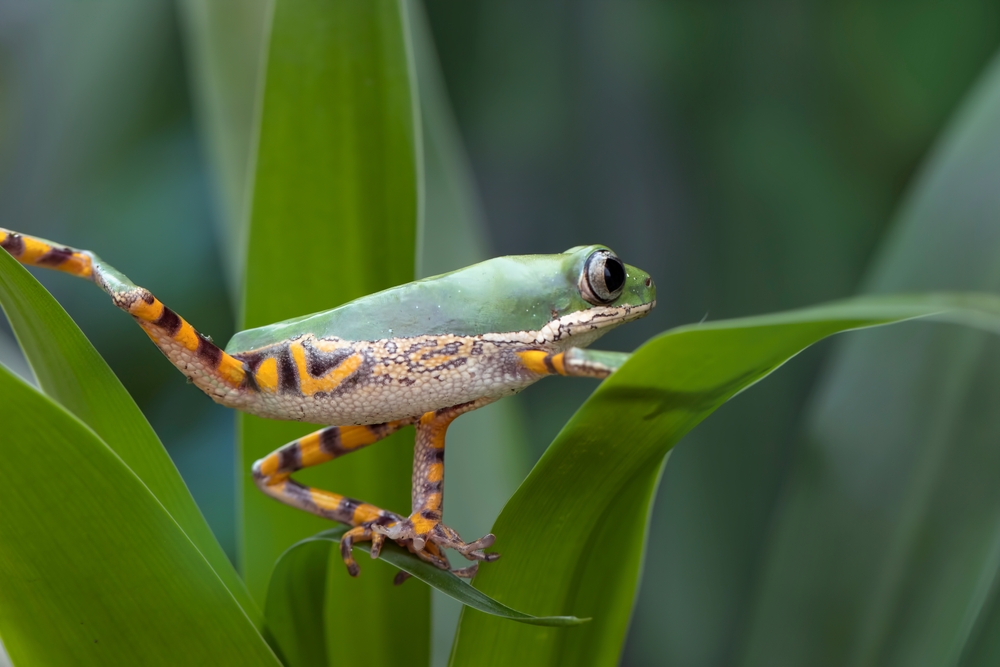
The yellow-tailed woolly monkey frog, found in the Amazon rainforest, has been heavily impacted by climate change and deforestation. Living at elevations of up to 500 meters, this species depends on the moist, warm climate of the rainforest to thrive. However, deforestation for agriculture and logging has fragmented its habitat, while climate change has altered rainfall patterns, leading to more frequent droughts. Pollution from mining and agriculture has also contaminated water sources, further threatening the species. Conservation efforts focus on habitat protection and reforestation projects, but climate change remains an overarching challenge. The long-term survival of the yellow-tailed woolly monkey frog will depend on global efforts to combat climate change and protect the Amazon rainforest.
This article originally appeared on Rarest.org.
More from Rarest.org
15 Bizarre Geological Features Found in Remote Regions
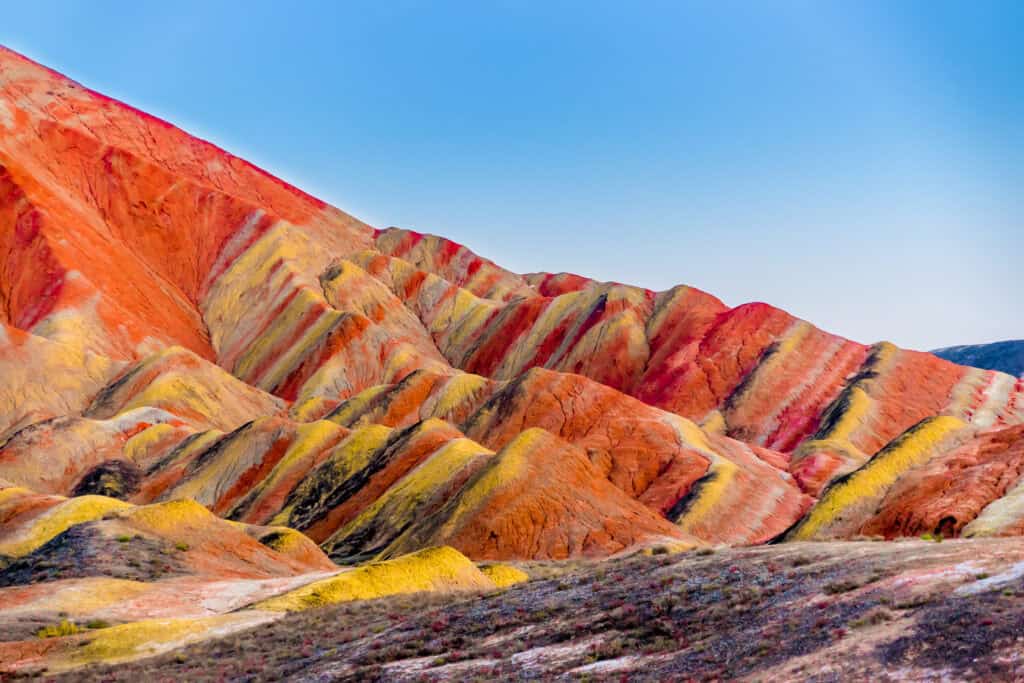
The world is filled with incredible natural wonders, but some of the most fascinating geological features are those tucked away in remote corners of the globe. These bizarre landscapes, shaped by millions of years of natural forces, captivate with their unusual formations and striking beauty. Read More.
15 Towering Sand Dunes Creating Otherworldly Landscapes

Towering sand dunes are some of the most mesmerizing natural wonders on Earth, creating landscapes that seem almost otherworldly. These colossal formations, sculpted by wind and time, rise dramatically from the ground, offering breathtaking views and a sense of awe to those who witness them. Read More.
15 Lavish Cruise Lines Offering the Best in Comfort and Style

When it comes to luxury travel, few experiences can match the opulence and comfort of a cruise. For those seeking the ultimate in relaxation and style, selecting the right cruise line is essential. Read More.
